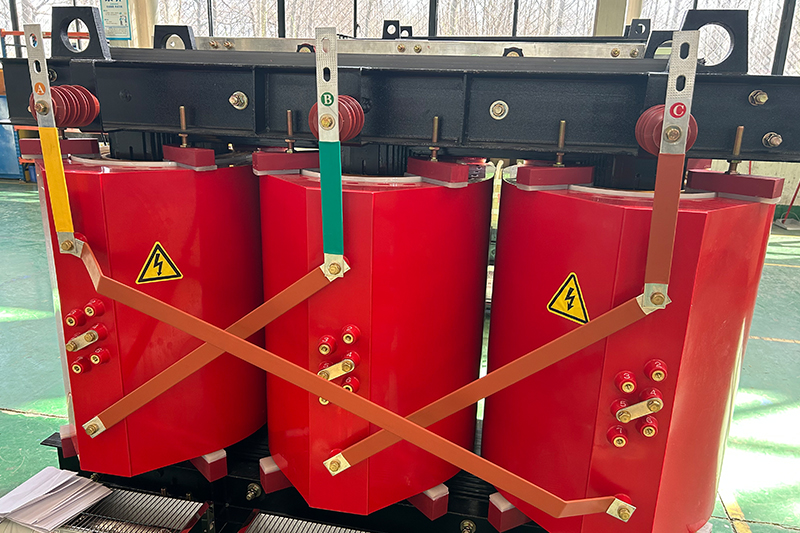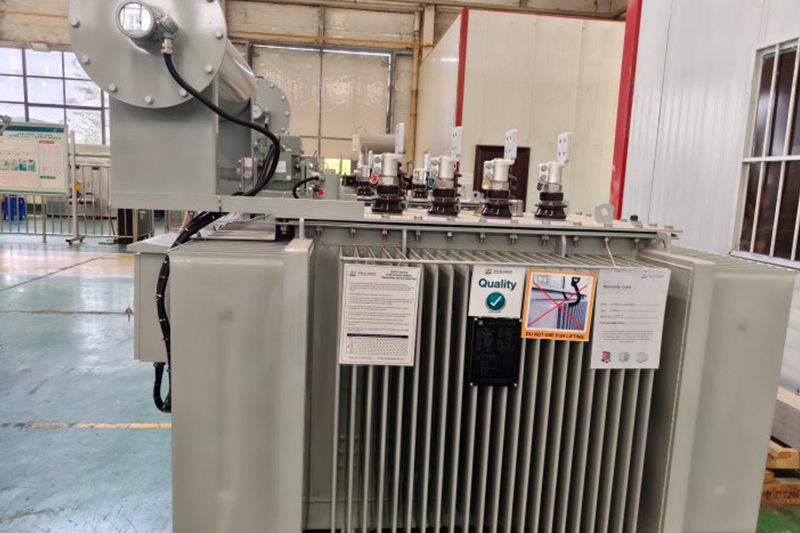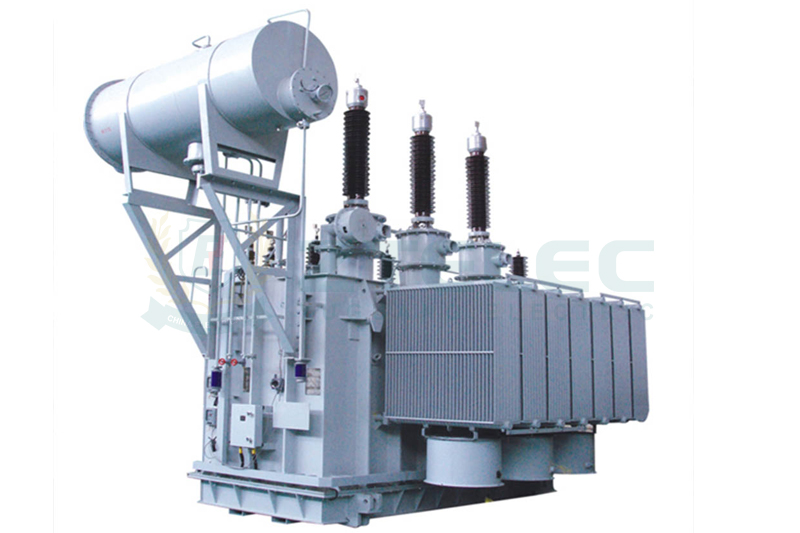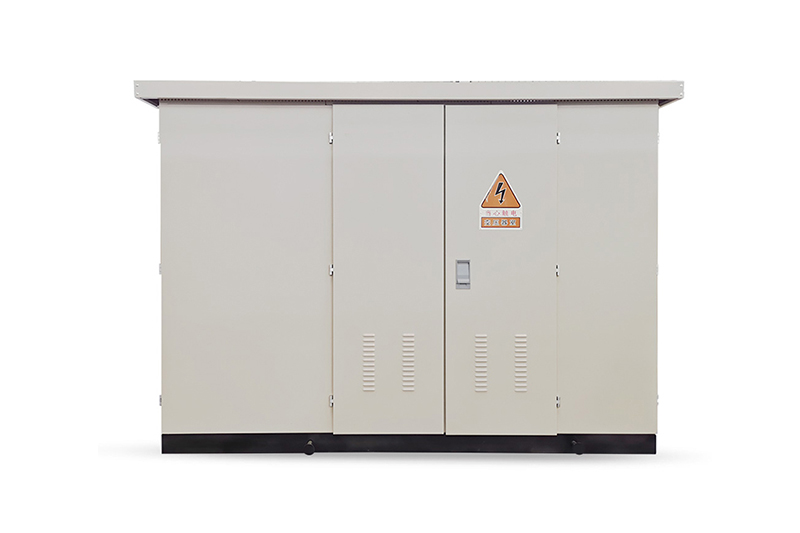Common Transformer Capacity Mistakes and How to Avoid Them
Time:2025-08-28 Auther:ZTelec-www.ztelectransformer.com
When selecting a transformer, the kVA rating is one of the most important parameters. But what does it actually represent? kVA (kilovolt-ampere) measures apparent power, which consists of active power (the real work performed) and reactive power (the power required to maintain voltage and current stability). Therefore, a transformer’s kVA rating reflects its total power handling capability, not just the active power. Whether you are choosing a dry-type transformer or an oil-immersed transformer, proper kVA sizing ensures safe, reliable, and cost-effective operation.

The kVA rating plays a critical role in transformer selection and power distribution system design. If a transformer is under-rated, it can cause overheating, equipment failure, or costly downtime. If it is over-rated, it may result in unnecessary no-load losses and higher operating expenses. To avoid these issues, industry standards specify commonly used ratings such as 225 kVA for three-phase transformers, ensuring compatibility and stability.
Common Transformer Capacity Mistakes
Ignoring the Actual Power Factor: Many designs assume a power factor of 0.8, but actual loads (such as motors) may operate at 0.7–0.75. Using only active power (kW) without adjustment leads to undersized transformers. The correct method is: Apparent power (kVA) = Active power (kW) ÷ Actual power factor.
Failing to Provide a Safety Margin: The recommended load factor is about 85%. Sizing a transformer for 100% load leaves no margin for fluctuations or future expansion. Without redundancy, new equipment may force early transformer replacement.
Voltage and Impedance Mismatch: The transformer’s low-voltage side output should be 5%–10% higher than grid voltage, depending on its impedance. Neglecting this adjustment can cause unstable voltages and damage to sensitive devices.
Equipment Power Calculation Errors: For single-phase devices, use the nameplate maximum rating. For three-phase devices, calculate per phase rather than simply adding totals. For example, for multiple three-phase air conditioners, the correct load per phase is: Each unit power × number of units ÷ 3.

Correct Calculation Method for Transformer Capacity
Core Formula:
Transformer Capacity (kVA) ≈ Total Equipment Power (kW) × Concurrent Use Factor ÷ Power Factor.
Step 1. Calculate Actual Power Consumption: Not all equipment runs simultaneously, so apply a concurrent use factor (0.7–0.8 for factories, 0.6–0.7 for offices). For example, 100 kW × 0.7 = 70 kW.
Step 2. Convert to Apparent Power: Divide by the actual power factor (0.8 typical, 0.9 for higher-quality systems). Example: 70 kW ÷ 0.8 = 87.5 kVA.
Step 3. Select a Standard Model with Redundancy: Add 10%–15% redundancy, then choose the nearest standard transformer size. For example: 87.5 kVA × 1.15 ≈ 100.6 kVA → choose 100 kVA or 125 kVA.
The calculation of transformer capacity must consider actual load characteristics, redundancy, and future development. Common mistakes such as ignoring power factor or failing to include safety margins should be avoided. Following the three-step approach of “calculate actual usage → convert to apparent power → select standard capacity” ensures a scientific and reliable selection. In real-world applications, engineers should also consider environmental conditions, load diversity, and equipment parameters. Professional calculation software can further improve accuracy, whether the project involves dry-type transformers for indoor applications or oil-immersed transformers for large-scale outdoor installations. Proper transformer sizing lays the foundation for stable, efficient, and long-term power system operation.




